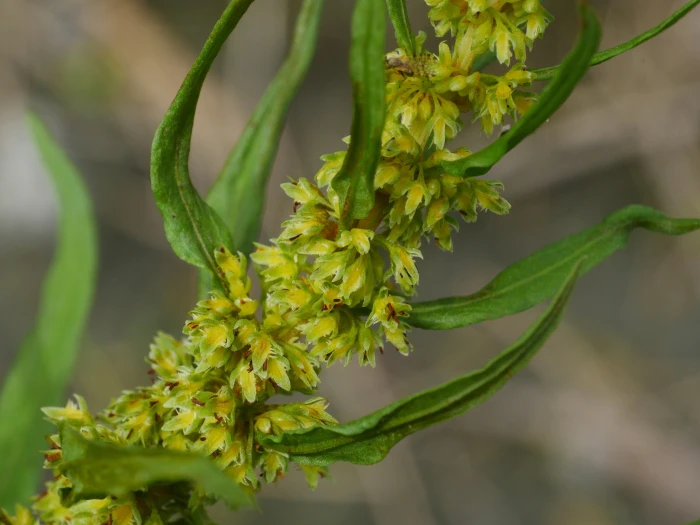Toothed Dock
(Rumex dentatus)
Toothed Dock (Rumex dentatus)
/
/

Jacy Chen
CC BY 4.0
Image By:
Jacy Chen
Recorded By:
Copyright:
CC BY 4.0
Copyright Notice:
Photo by: Jacy Chen | License Type: CC BY 4.0 | License URL: http://creativecommons.org/licenses/by/4.0/ | Rights Holder: Jacy Chen | Publisher: iNaturalist | Date Created: 2022-02-02T10:47:26-08:00 |
























Estimated Native Range
Climate Requirements for West Covina, California
| This Plant | Your Site | Plant Suitability for Your Location | ||
|---|---|---|---|---|
| • Precipitation | 2" - 112" | 16" | Your precipitation may be insufficient for this plant. Irrigate N" / year. | Irrigate N" / year |
| • High Temp. | 64°F - 111°F | 90°F | Your summer temperatures are normal for this plant. | Excellent |
| • Low Temp. | -12°F - 67°F | 42°F | Your winter temperatures are normal for this plant | Excellent |
This plant should grow well at your location with about N inches per year (Y minutes per month) of irrigation.
Summary
Rumex dentatus, commonly known as Toothed Dock, is an annual or biennial herb native to a variety of habitats including riverbanks, roadsides, fields, and disturbed areas across Europe, Asia, and Africa. It typically grows to a height of 2-3 feet (0.6-0.9 meters) and a width of 1-1.5 feet (0.3-0.5 meters). The plant features lance-shaped leaves with distinctive toothed margins and greenish flowers that are not particularly showy, blooming in the summer. The flowers are arranged in whorls along the flowering stem and can produce a large number of seeds.
Toothed Dock is valued for its rapid growth and adaptability to various soil types. It is often found in cultivated fields, orchards, and vineyards, usually on moist soils. In gardens, it can be used for its foliage in mixed borders or as a part of a naturalistic planting. It thrives in full sun to part shade and prefers medium draining clay, loam, or sandy soils with consistent moisture. While not commonly used for ornamental purposes, it can be an interesting addition to wildlife gardens or restoration projects. However, gardeners should be cautious as Rumex dentatus is known to be potentially invasive outside its native range, and its prolific seeding can lead to unwanted spread.CC BY-SA 4.0
Toothed Dock is valued for its rapid growth and adaptability to various soil types. It is often found in cultivated fields, orchards, and vineyards, usually on moist soils. In gardens, it can be used for its foliage in mixed borders or as a part of a naturalistic planting. It thrives in full sun to part shade and prefers medium draining clay, loam, or sandy soils with consistent moisture. While not commonly used for ornamental purposes, it can be an interesting addition to wildlife gardens or restoration projects. However, gardeners should be cautious as Rumex dentatus is known to be potentially invasive outside its native range, and its prolific seeding can lead to unwanted spread.CC BY-SA 4.0
Plant Description
- Plant Type: Herb
- Height: 2-3 feet
- Width: 1-1.5 feet
- Growth Rate: Rapid
- Flower Color: Green
- Flowering Season: Summer
- Leaf Retention: Deciduous
Growth Requirements
- Sun: Full Sun, Part Shade
- Water: Medium
- Drainage: Medium
Common Uses
Edible*Disclaimer: Easyscape's listed plant edibility is for informational use. Always verify the safety and proper identification of any plant before consumption., Erosion Control, Low Maintenance
Natural Habitat
Native to a variety of habitats including riverbanks, roadsides, fields, and disturbed areas across Europe, Asia, and Africa
Other Names
Common Names: Toothed Dock, Herb Patience Dock, Indian Dock, Chi Guo Suan Mo, Dentate Dock, 좀소리쟁이, Herb Patience, Fiddle Dock
Scientific Names: Rumex dentatus, Rumex dentatus var. dentatus, Rumex undulatus, Rumex undulatus
GBIF Accepted Name: Rumex dentatus